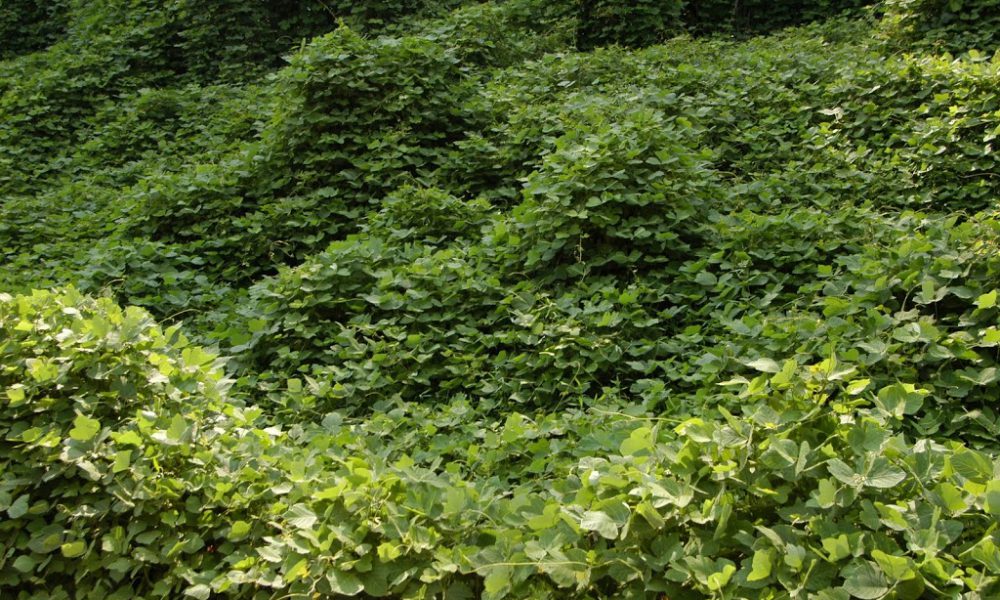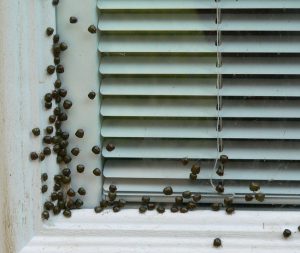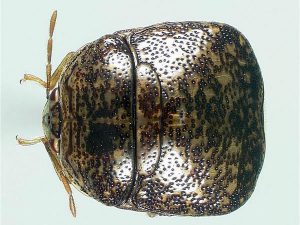
If you have lived in Georgia for any amount of time, you are probably more than familiar with kudzu. Kudzu is a vine that was originally introduced from Asia into the United States about 100 years ago. It was originally brought over with the intent of acting as ground cover to slow soil erosion. I don’t know how effective kudzu has been in this regard, but I do know that it seems to have absolutely taken over, and is more of a nuisance than anything else.
In 2009, large populations of an insect known as the kudzu bug (globular stink bug) were discovered in 9 northeast Georgia counties. When the kudzu bug was first discovered, it was seen flying from patches of kudzu and onto the outside walls of homes. Before this discovery in Georgia, kudzu bugs were not known to be present in the western hemisphere. By September of 2010, the kudzu bug was confirmed in more than 60 Georgia counties, as well as in the Carolinas. By the middle of 2011, the kudzu bug was well established throughout the entire southeast. That is a tremendous amount of growth in a very short amount of time.
During the spring and summer, kudzu bugs normally live and hang out in kudzu. During the fall and winter months, kudzu bugs emerge from the kudzu and spend most of their time on homes and other structures. They do this because the kudzu is not able to provide them with enough warmth. They mostly congregate on southern and eastern facing walls, which are the sides that get the most sunlight throughout the course of the day. They tend to favor light-colored surfaces. When spring comes around, they return back to their normal lives.
Kudzu bugs are slightly larger than lady bugs. They are 4mm to 6mm in length, slightly oblong shaped, and olive-green colored with brown speckles. As I mentioned before, they are in the stink bug family, which is why they give off an offensive odor when touched or squashed.
Control
The best way for you, as a home owner, to control the kudzu bug, is to make sure that all entry points into your home are sealed. Make sure that screens are placed over all possible routes of entry into the house. Check all of your window screens to make sure that they do not have holes in them, and that they are installed and seated properly. All vents leading into the home should also be properly screened. This includes soffit, ridge, and gable vents. If there are any areas that cannot be screened, such as pipes leading into homes, steel wool can be stuffed into the openings to keep the kudzu bug from being able to get through. Door seals should also be checked to make sure that they are providing a tight seal.
If you are one of the unfortunate ones and the walls of your home are covered with these bugs, temporary relief can be provided by having your exterior walls sprayed with the appropriate chemicals. Multiple applications may be needed since kudzu and other surrounding vegetation remain as a source or re-infestation. The movement of these bugs out of the kudzu may take place over several weeks, which means that several applications may be needed to try to reduce their numbers. We recommend that you contact us to have a qualified technician perform this service for you.

